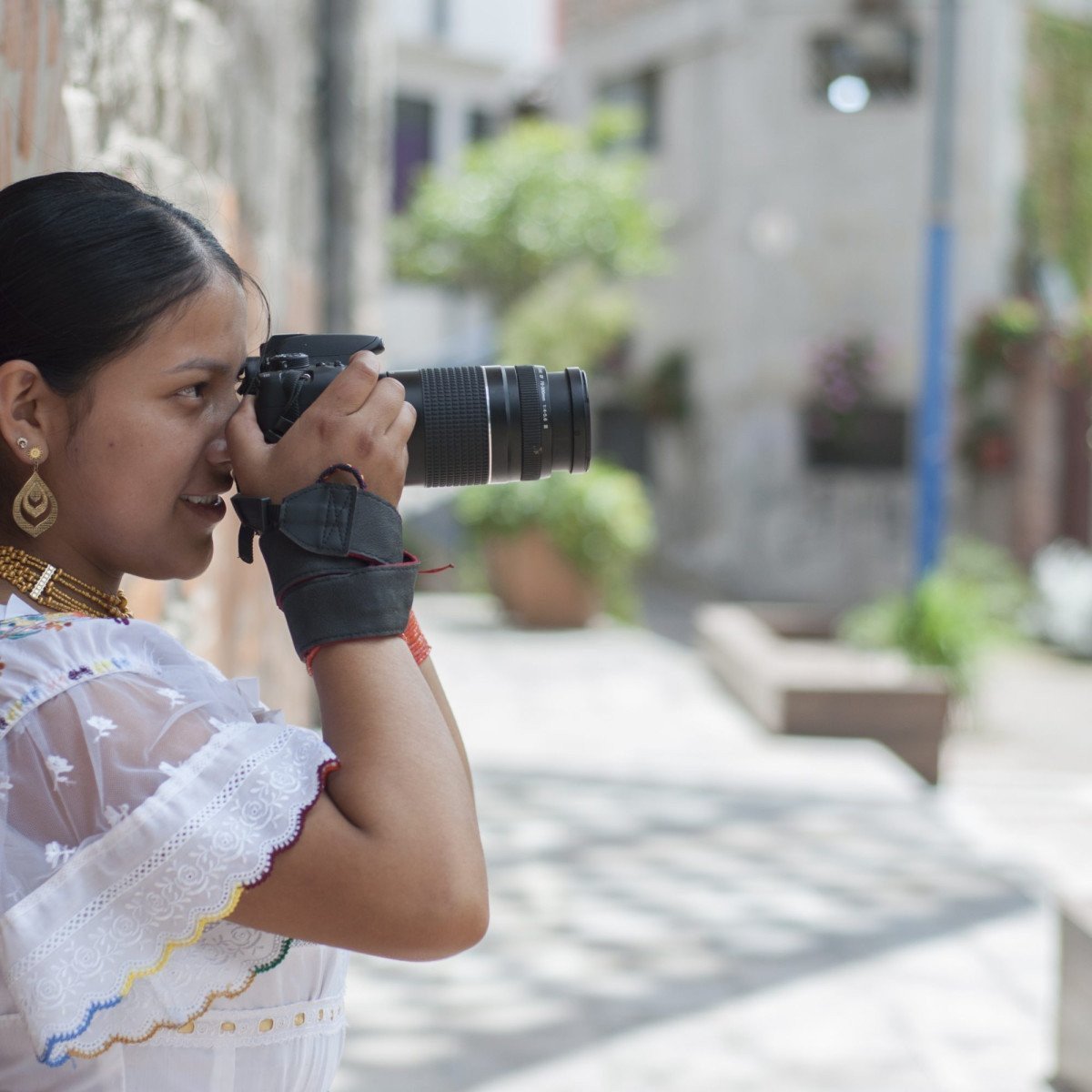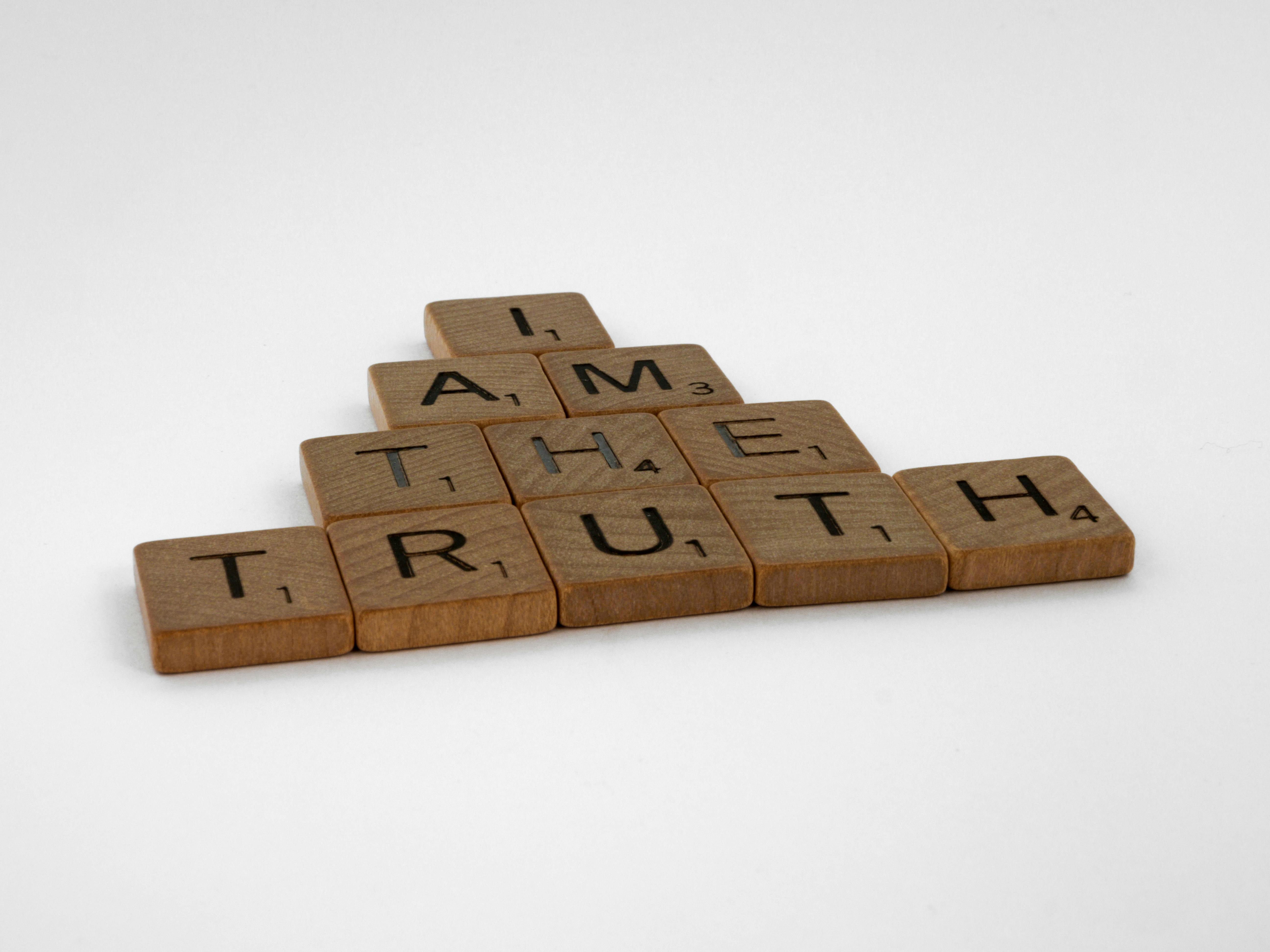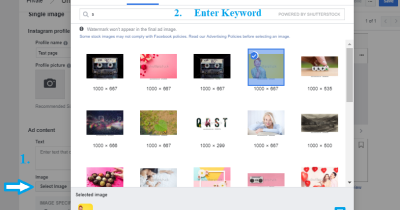In today’s digital world, images are everywhere—from social media posts to marketing materials. But with great power comes great responsibility. Using images ethically isn’t just about avoiding legal trouble; it’s about respecting creators and their work. Shutterstock is a popular source for high-quality images, but understanding how to use these images properly is key. Whether you’re a blogger, business owner, or designer, knowing the ins and outs of ethical image use ensures you stay on the right side of the law—and show respect for the talented photographers and artists behind those visuals.
Understanding Shutterstock Licensing and Usage Rights

When you browse Shutterstock, you’ll notice that not all images are created equal in terms of licensing. Shutterstock offers different types of licenses, primarily Standard and Extended, each with its own rules about how you can use the images. Let’s break down what these licenses mean so you can choose the right one for your project.
Standard License
This is the most common license and is suitable for most typical uses like websites, social media, presentations, and advertisements with limited reach. With a Standard license, you can:
- Use images in digital formats, including online ads and websites.
- Print images for personal or commercial use, up to 500,000 copies.
- Embed images in apps or e-books, provided the total distribution doesn’t exceed 500,000 copies.
However, there are some restrictions. For example, you can’t use Standard license images in merchandise for resale, like T-shirts or mugs, or in promotional items where the image is the main focus. Also, you cannot modify images in a way that suggests endorsement or misleads viewers.
Extended License
If your project requires broader rights—say, for merchandise, large-scale prints, or more extensive distribution—an Extended license is the way to go. It allows you to:
- Use images on products for resale, such as apparel or packaging.
- Print images in larger quantities—over 500,000 copies.
- Embed images in software or digital templates for resale or distribution.
Extended licenses are more expensive but offer greater flexibility—making them ideal for commercial products and large campaigns. Remember, choosing the right license from the start helps avoid legal issues down the line and ensures you’re respecting the rights of the content creators.
Usage Rights and Restrictions
Both licenses come with specific restrictions. For example:
- No Unlawful Use: Never use images for illegal activities or to promote hate or discrimination.
- No Resale as Standalone: You can’t resell or redistribute the images as-is, in stock photo collections or as digital files.
- Proper Attribution: Usually not required for Shutterstock images, but always check license terms for specific attribution rules.
- Respect Model and Property Releases: Some images require releases, especially when featuring recognizable people or private property. Using images without the proper releases can lead to legal trouble.
Understanding these licensing terms helps you stay compliant and ethically responsible. Always read the license agreement carefully before downloading and using Shutterstock images, and when in doubt, consult with legal professionals or the Shutterstock support team. Ethical usage isn’t just about avoiding fines—it’s about honoring the hard work of creators and maintaining integrity in your projects.
Strategies for Legally Accessing Shutterstock Images

Getting your hands on Shutterstock images legally might seem tricky at first, but once you understand the options, it becomes a lot simpler—and totally worth it to stay within legal bounds. The key is to use the platform correctly and choose the right purchasing method for your needs.
First, the most straightforward way is to buy images through Shutterstock’s licensing options. They offer various plans, including on-demand image packs, subscription plans, and enterprise licenses. These plans ensure you’re legally covered for personal, commercial, or editorial use, depending on what you select.
Here are some tips for making sure you’re accessing images legally:
- Use the official Shutterstock platform: Always download images directly from Shutterstock or authorized partners. Avoid third-party sites that might offer free or cheaper images that aren’t properly licensed.
- Choose the right license: Understand the difference between standard and enhanced licenses. Standard licenses typically cover most common uses like blogs, social media, and small marketing materials. If you plan to use images in larger campaigns or merchandise, consider an enhanced license.
- Keep track of your licenses: Save your purchase receipts and license details. This documentation is helpful if you ever need to prove your right to use an image.
Another smart strategy is to explore Shutterstock’s free images section or special promotions. While these are limited, they’re a great way to access high-quality content without additional cost, provided you follow their licensing rules.
If you’re working with a team or a client, ensure everyone understands the licensing terms. Misuse or sharing images outside of the licensed scope can lead to legal complications. When in doubt, consult Shutterstock’s licensing FAQ or contact their support team—they’re usually very helpful in clarifying any uncertainties.
Lastly, if your project needs a unique or exclusive image, consider hiring a photographer or graphic designer to create custom visuals. This way, you own the rights entirely and avoid licensing issues altogether.
Tips for Properly Crediting Shutterstock Content
Crediting Shutterstock images properly is not just a courtesy—sometimes it’s a legal requirement, especially if you’re using free images or images under specific license types. Proper attribution shows respect for the creators and keeps you compliant with licensing terms.
Here’s what you need to know about crediting Shutterstock images:
- Check the license type: Standard Shutterstock licenses usually don’t require attribution, but some images or specific uses might. Always review your license agreement for any attribution requirements.
- Follow Shutterstock’s recommended attribution format: When attribution is required, Shutterstock suggests a simple credit line like: “Image by [Photographer’s Name] / Shutterstock”. If the photographer’s name isn’t available, use “Shutterstock” as the source.
- Place the credit appropriately: Typically, attribution should be placed near the image—either as a caption, in a credits section, or directly beneath the image if it appears in print or on a webpage.
- Be consistent: Use the same attribution format across all your content to maintain professionalism and clarity.
Here’s an example of proper attribution for a Shutterstock image:
| Image Description | Attribution Example |
|---|---|
| Sunset over mountains | “Sunset over mountains” by Jane Doe / Shutterstock |
| Business team meeting | “Business team meeting” by John Smith / Shutterstock |
If you’re unsure whether attribution is necessary, it’s better to err on the side of caution and include it. Not only does this keep you compliant, but it also highlights your respect for the creators behind the images.
Finally, remember that proper attribution is part of ethical content use. Giving credit supports the creative community and encourages continued sharing of quality visuals. So, always review your licensing terms, credit when needed, and appreciate the artists behind the images you use!
Alternative Ways to Obtain High-Quality Images Ethically
While Shutterstock is a fantastic resource for high-quality images, it’s not the only way to find stunning visuals ethically. Exploring other options not only broadens your creative horizons but also helps you stay within legal and ethical boundaries. Here are some great alternatives:
1. Use Free Stock Photo Websites
There are numerous websites offering free images that are licensed for personal and commercial use. Some popular options include:
- Unsplash – Offers a vast library of beautiful, high-resolution images with a generous Creative Commons Zero (CC0) license.
- Pexels – Provides free photos and videos with clear licensing, making it easy to use without attribution.
- Pixabay – Offers a wide variety of images, vectors, and illustrations, all free for use.
Remember to always double-check the license details, but most images on these sites are free to use ethically without worries about copyright infringement.
2. Creative Commons Licensed Images
Other than the free stock sites, you can explore images under Creative Commons licenses. Platforms like Flickr and Wikimedia Commons host images that creators share under various licenses. The key is to:
- Read the license terms carefully.
- Give appropriate attribution if required.
- Ensure your intended use aligns with the license (e.g., commercial use, modifications).
This approach respects the creators’ rights while giving you access to a diverse range of high-quality images.
3. Create Your Own Images
If you have the skills and equipment, creating your own images is the most ethical way to ensure uniqueness and proper usage rights. Whether it’s taking photos with a camera or designing graphics using tools like Canva or Adobe Illustrator, this method gives you full control over your visuals and eliminates licensing concerns.
4. Hire Professional Photographers or Graphic Designers
Commissioning a professional ensures you get exclusive, high-quality images tailored to your needs. Just make sure to have a clear contract outlining usage rights, licensing terms, and any restrictions.
Summary
Ethical image sourcing isn’t limited to paid stock services. By leveraging free resources, respecting licenses, creating your own visuals, or hiring professionals, you can find or produce stunning images that are both legal and respectful of creators’ rights. The key is always to be mindful of licensing terms and give credit where it’s due.
Conclusion and Best Practices for Ethical Image Use
Using images ethically isn’t just about avoiding legal trouble; it’s about respecting the hard work of creators and maintaining your credibility. Here are some essential best practices to keep in mind:
Always Verify Licensing
- Check whether the image is free for commercial use.
- Understand whether attribution is required and how to give proper credit.
- Pay attention to restrictions on modifications or derivatives.
Give Proper Attribution
If the license requires attribution, make sure to include the creator’s name, source, and license type in your content. This not only adheres to legal requirements but also shows respect for the creator’s effort.
Use Images Within Their Licensed Purposes
Do not use images for purposes beyond what the license permits. For example, some images may be allowed for personal projects but not for commercial advertising.
Maintain Documentation
Keep records of your image licenses, purchase receipts, and correspondence. This documentation can be invaluable if your usage is ever questioned.
Be Creative and Respectful
Opt for unique visuals whenever possible. Avoid stock images that are overly used to ensure your content stands out and remains authentic. Always respect the rights of creators, and when in doubt, seek permission or choose alternative images.
Final Thoughts
Ethical image use is about more than just avoiding penalties — it’s about fostering a respectful and fair creative environment. By following these best practices, you can confidently incorporate high-quality visuals into your projects while honoring the rights of content creators. Remember, a little extra effort goes a long way in building trust and maintaining integrity in your work.


